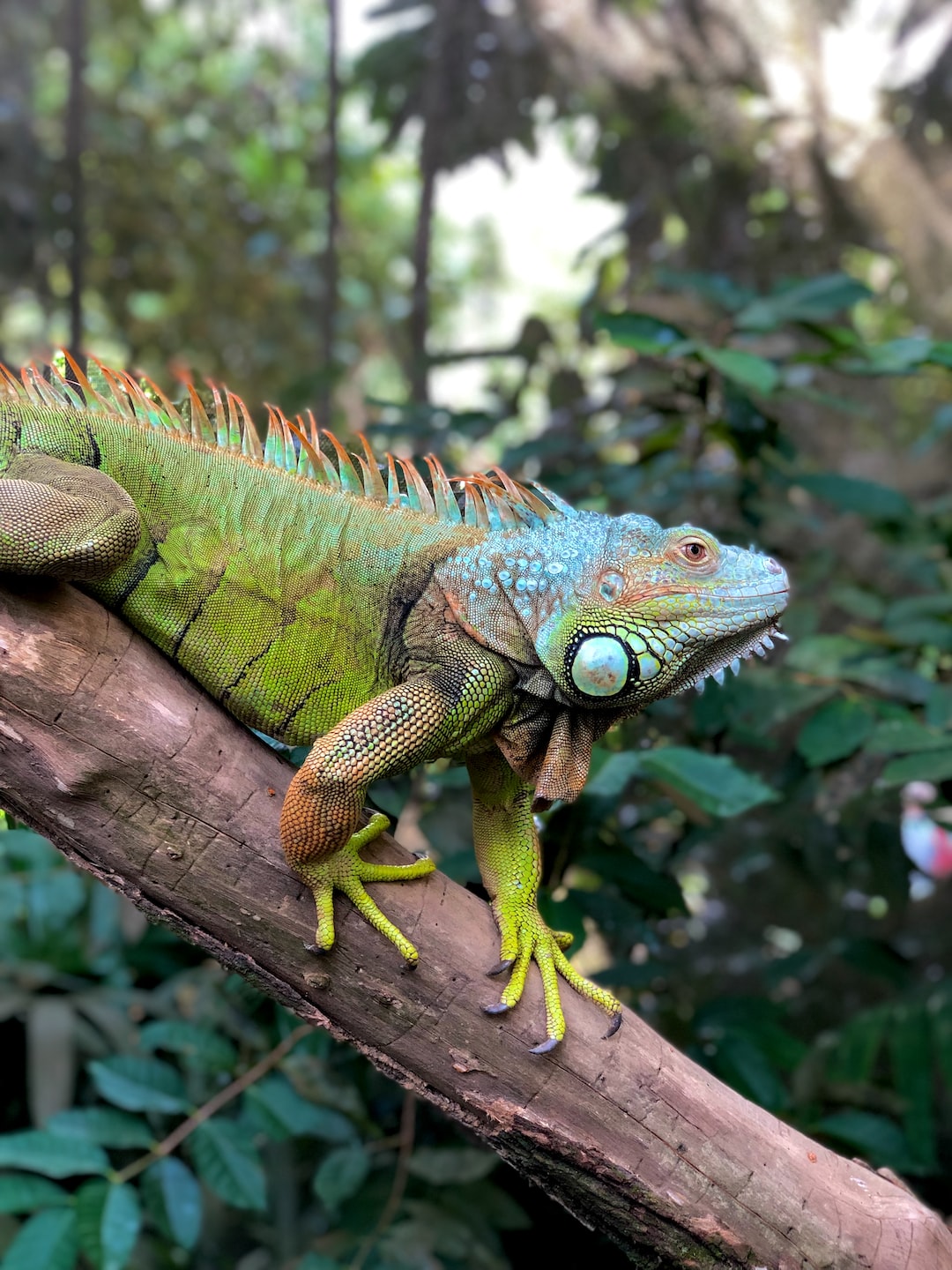The evolution of animal intelligence has been one of the most fascinating topics of study for scientists for centuries. Animals have evolved from basic instincts into complex cognitive abilities over the years. The gradual progression of animal intelligence has enabled creatures to survive in various habitats and environments by enhancing sensory processing, adaptability, and communication.
Basic Instincts
The animal kingdom is full of creatures with varying degrees of intelligence, and their individual development has been influenced by the distinct environments in which they live. From the basic instincts of invertebrates to the more developed reflexes of vertebrates, the ability to survive by responding to external stimuli has been critical to the survival of all.
Instincts refer to the natural impulses of animals that are inherited from their ancestors. It is a genetically programmed response to environmental stimuli that occurs without conscious thought or effort. For example, the monarch butterfly’s instinct to migrate more than 3,000 miles each year is an impressive accomplishment that’s wholly innate.
Instinctual behaviors may also include self-preservation instincts, like defense mechanisms such as camouflage, venomous bites, and the ability to burrow into the soil. Many animals have instinctual responses to danger, which include either fight or flight.
Learning
Various animals have displayed that they can learn from their experiences. For instance, primates and elephants have demonstrated the ability to learn, use, and even create tools, while dolphins and whales have the intelligence to learn from one another and work together to problem-solve.
Learning is a critical step toward the evolution of more complex cognitive abilities. Most animals learn to adapt to their surroundings by developing the need to understand and remember new information. It involves acquiring new knowledge, skills, behaviors, or preferences through experiences or study.
Communication
Communication is perhaps the most important element of animal intelligence. Through communication, animals may express themselves, share critical information about their environment, and collaborate to survive. Many animals use a combination of visual, olfactory, and auditory cues to communicate, while others use sign language.
Some animals, like elephants, have developed low-frequency calls that can travel for miles, providing them with the ability to communicate with distant members of their social group. Other animals, such as dolphins, use echolocation and complex vocalization to communicate with their pods, and even other species of animals.
Higher-level Cognitive Functions
Higher-level cognitive functions are the most advanced forms of animal intelligence. These include complex problem-solving, abstract reasoning, and self-recognition, which are often seen in primates. Some primates, like chimpanzees, can even plan ahead, innovate new behaviors, and use those skills to achieve better outcomes.
The development and evolution of animal intelligence have been incredibly impressive, and it continues to thrive. Studying the ways in which animals think and communicate with one another allows us to better understand and appreciate the diversity of life around us. The importance of understanding these evolutionary developments cannot be overemphasized, as it will help us better appreciate the natural world, protect endangered species, and plan for the future.

